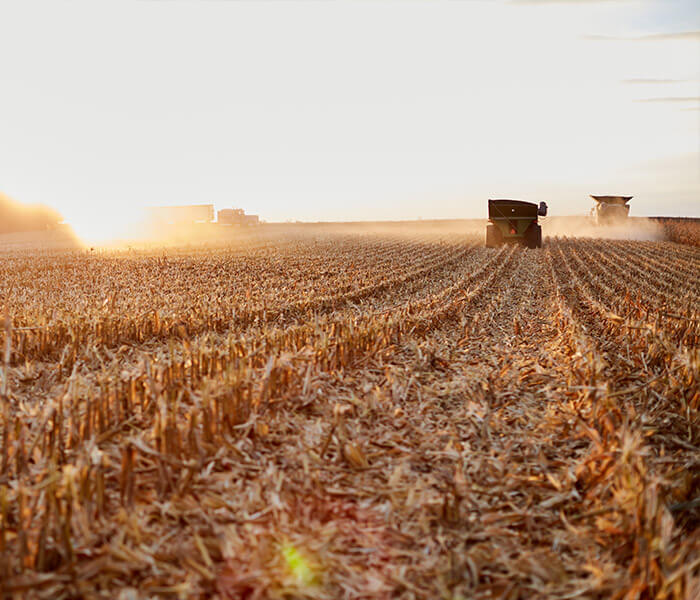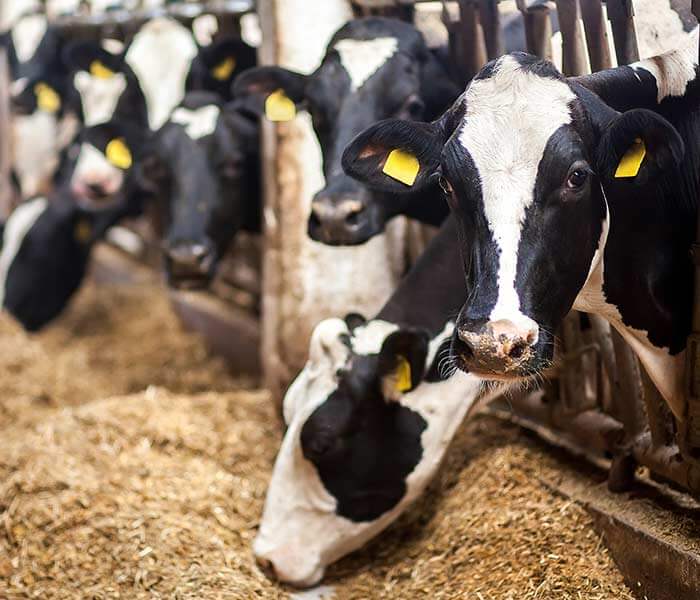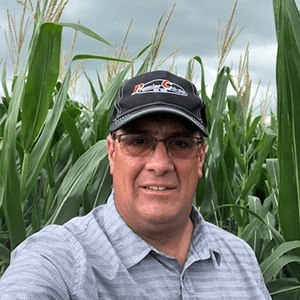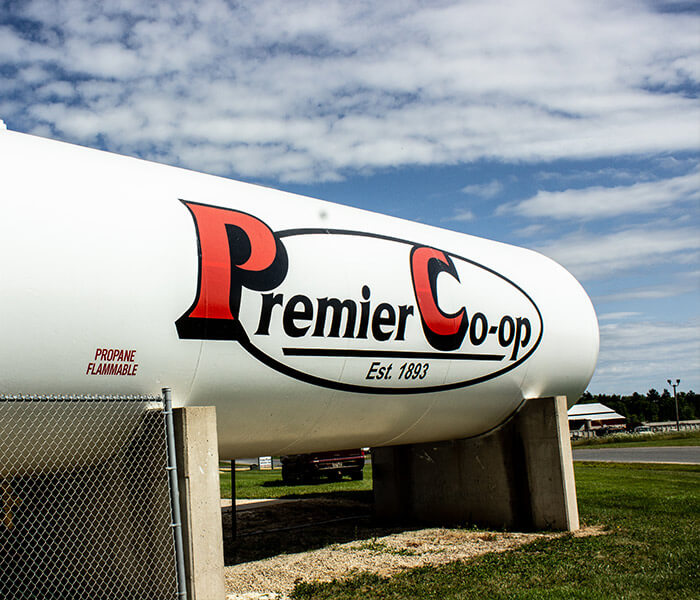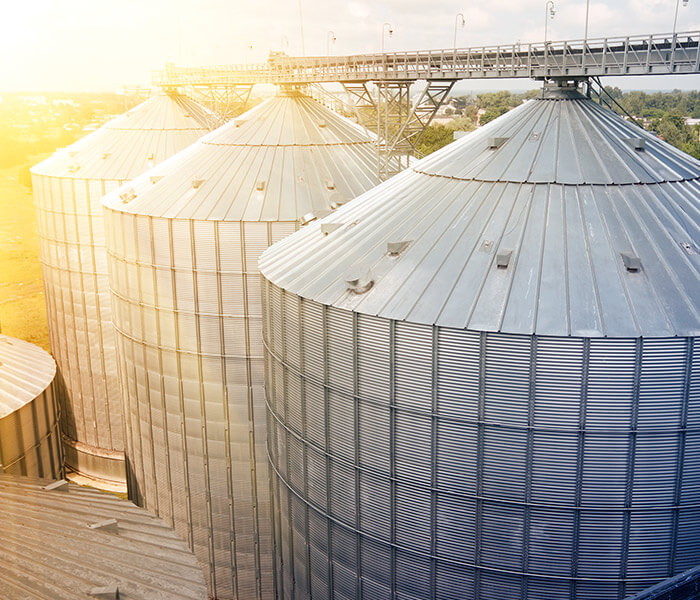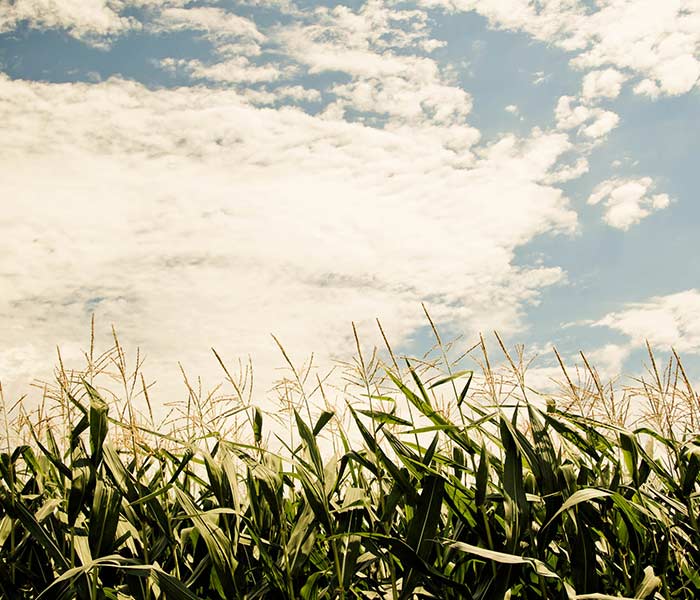2024 Growing Season
This growing season experienced significant moisture extremes, starting with heavy downpour rains and overly wet conditions early on, transitioning to dry conditions later in the summer. How did this affect your crops harvested for feed? There was a lot of variation, especially with the first crop. Some producers harvested the first crop early when the weather was good, resulting in great quality. Others took the first crop later, facing weather challenges that led to poor quality. The second crop was challenging due to a small window for making haylage. However, the third and fourth crops seemed to be of good quality.
Regarding corn silage, the early-made silage has been feeding well as it was wetter and had a decent amount of sugar. In contrast, the later corn silage sometimes got too dry, drying down faster than it could be chopped, which lowered the sugar content and raised the starch. Additionally, that corn silage lost fiber digestibility. I’ve noticed lower fiber digestibility in both haylage and corn silage compared to last year’s feed. Considering the early rains pounding down on the crops, it makes sense that these plants produced more lignin to stay upright and not go flat. On a positive note, the starch digestibility is fairly high for this time of year, which is beneficial for now.
If you have forage with lower fiber digestibility, there are various strategies to add more energy and achieve the rate of passage needed for high intakes and production. One option is to add more corn silage, which has higher fiber digestibility than haylage. If that’s not feasible, finding another energy source is the next step. Corn is inexpensive this year, so it’s beneficial to feed as much as possible, but there is a limit. Once this limit is reached, consult your nutritionist for other sources to achieve the right balance. Here are a few things you could try.
- Soybean hulls are lower-priced options that can enhance digestibility in a lactating cow ration.
- Corn gluten is also well-priced and can supply faster carbs and digestible fiber to boost a ration.
- Cottonseed is becoming more attractive and works well in some lactating cow rations.
- Canola meal is finally affordable this year and provides a good amino acid and fiber source for lower quality haylage diets.
- Distillers might also be a cost-effective energy feed.
There are liquid options like whey, which can provide energy through sugar, especially if you have dry corn silage. Fast carbs are needed to make dry corn silage perform well. Additionally, fat sources like roasted beans, calcium salt fats, prilled fats, and palm oil fats can be considered. Palm fats, although the highest cost item, can significantly drive production and fat tests.
Work with your Premier Nutritionist to determine the best income over feed cost option for your dairy operation.
Kurt Breunig
Livestock Nutritionist
